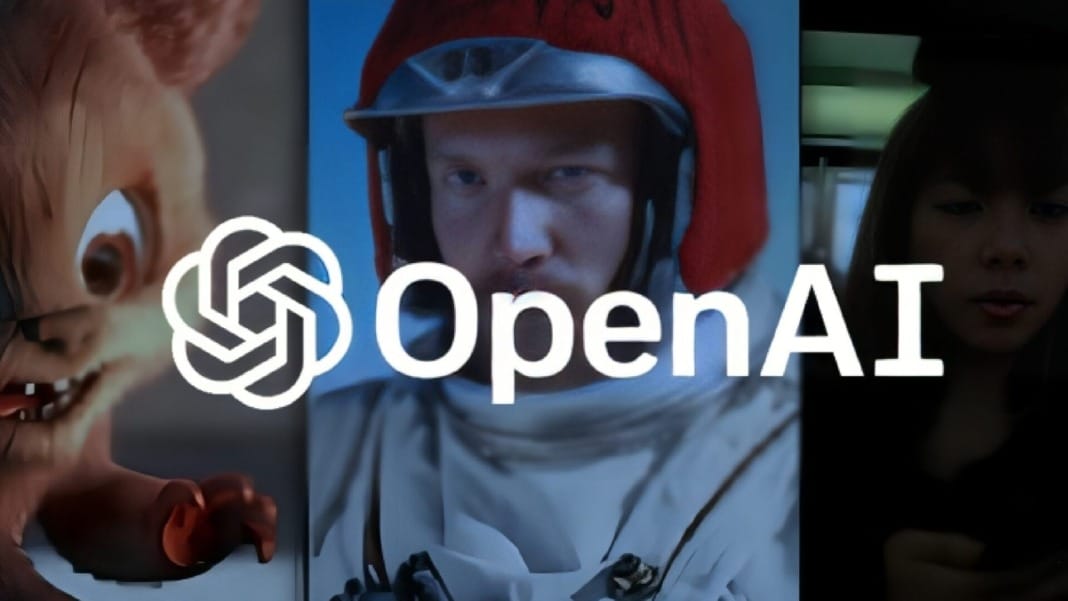In a bold stride towards innovation, Chinese researchers are setting their sights on a significant technological feat: replicating OpenAI’s groundbreaking text-to-video model, Sora. This endeavour, led by Peking University and the AI firm Rabbitpre, reflects China’s deepening commitment to generative AI technology. Launched on March 1, the Open-Sora project, hosted on GitHub, aims to recreate OpenAI’s advanced video generation model with the collaborative effort of the open-source community.
Open-Sora: China’s collaborative approach to AI
Open-Sora stands as a beacon of China’s ambition in the global AI landscape. The project’s GitHub page provides insight into their progress, showcasing a three-part framework and four demo videos. These demos, ranging from three to 24 seconds in length, exhibit varying resolutions and aspect ratios, demonstrating the project’s versatility and potential.
But this is just the beginning. The team’s aspirations include refining the technology to generate videos of higher resolution. Plans are underway to process more data and utilise more graphics processing units (GPUs), elevating the project’s capabilities to new heights.
The global context: AI video technology’s accelerating pace
The launch of OpenAI’s Sora in February has catalysed a global frenzy in the AI domain, with the Chinese tech and business sectors displaying varied reactions. There’s a palpable excitement among companies keen on exploring the possibilities of text-to-video AI models. However, there’s also concern about China’s competitive position, particularly in the face of US trade restrictions on advanced chip exports.
In response, Chinese tech giants have not held back. Tencent AI launched VideoCrafter2, an open-source video generation toolkit limited to two-second videos. Meanwhile, ByteDance introduced MagicVideo-V2, a comprehensive text-to-video model. Not to be outdone, Alibaba Group’s Damo Vision Intelligence Lab rolled out ModelScope, another text-to-video generation model, currently supporting only English inputs and two-second video outputs.
The masterminds behind Open-Sora
The driving force behind Open-Sora is the Rabbitpre AIGC Joint Lab, a collaboration between Peking University Shenzhen Graduate School and Rabbitpre, founded in June 2023. This joint lab is a hub of innovation, spearheading research in AI-generated content.
The project’s team is a blend of academia and industry expertise, comprising 13 members. This includes Assistant Professor Yuan Li from PKU’s School of Electrical and Computer Engineering and Professor Tian Yonghong from the School of Computer Science. Rabbitpre’s founder and CEO, Dong Shaoling, and chief technology officer, Zhou Xing, contributed to this effort.
In summary, the Open-Sora project marks a pivotal moment in China’s AI journey. It’s a testament to the nation’s technological ambitions and a symbol of the collaborative spirit that drives innovation in the AI space. As China continues to advance in this field, Open-Sora is a project to watch, potentially setting new standards in AI video technology.





